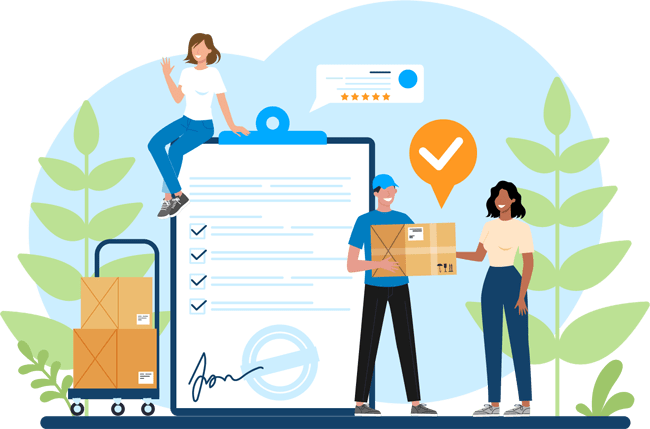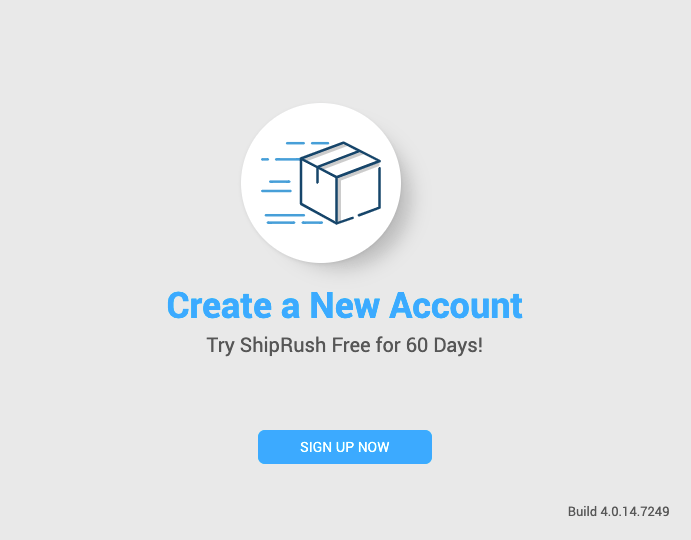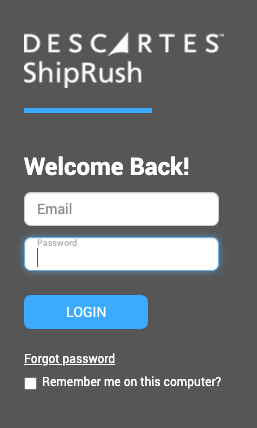Key Takeaways:
- Offer multiple shipping methods.
- Use rate shopping and multiple carriers.
- Offer tracking and shipping insurance.
- Don’t skimp on packaging and presentation.
- Print shipping labels instead of handwriting.

What is an ecommerce shipping strategy?
An ecommerce shipping strategy is a plan that ecommerce businesses develop to handle shipping and delivering their products to customers. It involves factors such as packaging, carrier selection, shipping methods, delivery times, and cost management. A well-defined shipping strategy helps businesses optimize their shipping processes to provide efficient and reliable delivery service while minimizing costs and meeting customer expectations.
As a new ecommerce shipper, you must determine the best carriers to work with, find the best shipping rates, implement tracking systems, choose appropriate packaging materials, and establish clear shipping policies and procedures. For those just starting out or recently transitioning to ecommerce, planning and establishing an effective shipping strategy can seem like a daunting challenge.
An ecommerce shipping strategy involves more than simply offering free shipping, although this may be table stakes for some operations. Because there is no such thing as a “perfect” or “one-size-fits-all” ecommerce shipping strategy, the ideal approach for individual retailers will depend on the target audience, budget, profit margins, and/or product itself.
Top 5 Shipping Strategy Tips for Beginners
Tip #1: Offer Multiple Shipping Methods
Generally, the best shipping strategy for ecommerce retailers is to offer a combination of both expedited and low-cost shipping methods. Presenting multiple shipping options to potential customers increases conversions and reduces shopping cart abandonment.
Free Shipping
Driven by competition among ecommerce retailers and marketplaces, free shipping has become a must-have for many consumers shopping online. The challenge for retailers is how to maintain margins while offering free shipping.
Different strategies to offset the costs of offering free shipping include:
- Customer Pays – Increase product prices to cover the cost of shipping.
- Retailer Pays –Shipping costs are paid from a business’s margins.
- Customer/Retailer – Increase product prices slightly and both the customer and retailer partially pay for shipping.
- Threshold Free Shipping – Offer free shipping on a minimum order amount.
- Select Free Shipping – Offer free shipping on select, more profitable items.
- Promotional Free Shipping – Offer free shipping for a limited time as a part of an overall marketing plan.
- Loyalty Free Shipping – Offer free shipping for long-term customers or those that opt to join a loyalty program.
Other Shipping Options:
Flat Rate Shipping
Charging a single fixed shipping rate, either across all orders or for products within specific criteria, can be an effective way for retailers to mitigate shipping costs.
Table Rate Shipping
Table rate shipping involves setting a series of rules for shipping products, enabling businesses to have variable rates based on the destination, product weight, and number of items.
Real-time Carrier Rates
Many ecommerce platforms and shipping solutions can integrate with carriers to generate pricing on their orders, allowing customers to pay for the level of service that they want.
Tip #2: Use Rate Shopping & Multiple Carriers
Are you familiar with the major shipping carriers and the services they offer? While these carriers are all reliable and comparable in the levels of service offered, the shipping costs may vary between them. Business leaders should examine these differences and choose the most cost-effective option to maximize margins.
One common mistake when deciding on carriers and services is relying upon a single carrier. While only having one carrier can simplify fulfillment as the requirements will be the same from order to order, businesses can potentially miss significant savings on their shipping costs.
Instead, market leaders compare the different carriers and rate shop to get the best rates on their shipments. Rate shopping can be a tedious process if performed manually, so the best option for retailers is to utilize leading shipping software that enables rate shopping automatically.
Tip #3: Offer Tracking & Shipping Insurance
Insurance and branded tracking are some of the add-on shipping services that will affect a retailer’s total shipping cost. Adding insurance to a shipment provides customers with a sense of security in their online shopping and is often an inexpensive way to give retailers a recourse should a package get lost or damaged.
Shipment tracking is fast becoming a consumer expectation and, despite the increased shipping costs, providing branded shipment tracking presents an excellent opportunity for ecommerce operations. Allowing customers to track their orders from confirmation to delivery is a great way to ensure that your customers have a positive experience with your brand.
While insurance and branded tracking do increase the cost of shipments, the value added by these services is often worth the additional expense.
Tip #4: Don’t Skimp on Packaging and Presentation
When determining your shipping strategy for packaging and presentation of products, there are several key things to keep in mind:
- Reduce Internal Movement – Add a layer of padding in and around the product keeping it secure and reducing the chance of damage during shipment.
- Buy the Right Box – The dimensions of a package directly affect shipping costs. Businesses can reduce costs and protect their products by choosing the correct sizes of boxes or poly mailers. Keep those packages as small as possible; don’t use a one-size-fits-all approach to packaging.
- Do NOT Reuse Boxes – New ecommerce businesses will often reuse the boxes shipped to them from suppliers to reduce costs. However, sending these worn-out boxes to customers creates a terrible impression and devalues your product in the customer’s eyes.
Tip #5: Print Shipping Labels Instead of Handwriting
New ecommerce retailers should avoid the urge to write the ship-to and return addresses by hand. This is a timewaster and a poor representation of the retailer’s brand, plus it is nearly impossible to scale as a business grows. A better practice is to batch-print multiple shipping labels at one time.
Dedicated ecommerce shipping software allows businesses to accurately automate label printing and purchase shipping or postage online. As a bonus, shipping solutions negotiate discounted carrier rates and pass the savings along to you. Leading solutions enable seamless integration with multiple carriers and automatically print labels for the selected carrier of that shipment.
We’re Here to Help
Shipping strategy is a necessary aspect of profitable ecommerce order fulfillment, and it’s worth your time and effort to get it right. The best shipping strategy is custom-tailored to your product and customers rather than a one-size-fits-all approach that will inevitably waste money. The good news is that you don’t have to figure out the smartest shipping strategy by yourself.
Descartes ShipRush provides a robust and reliable shipping solution to help you get the cheapest shipping rates while fulfilling your customers’ delivery expectations. This means happier customers, a wider profit margin for your business, and sustainable growth as you eliminate keyed-entry errors and bottlenecks in your fulfillment process.









